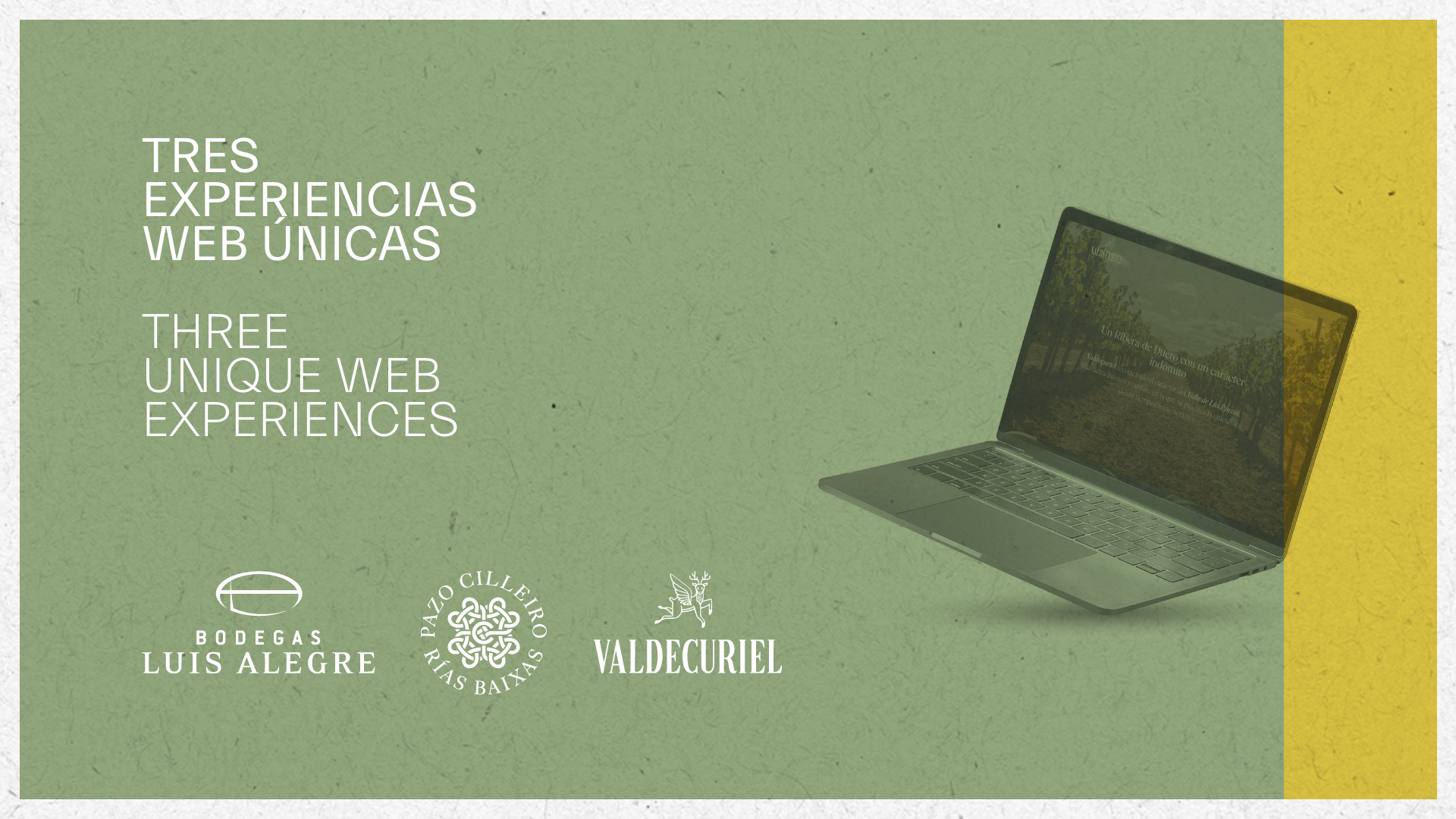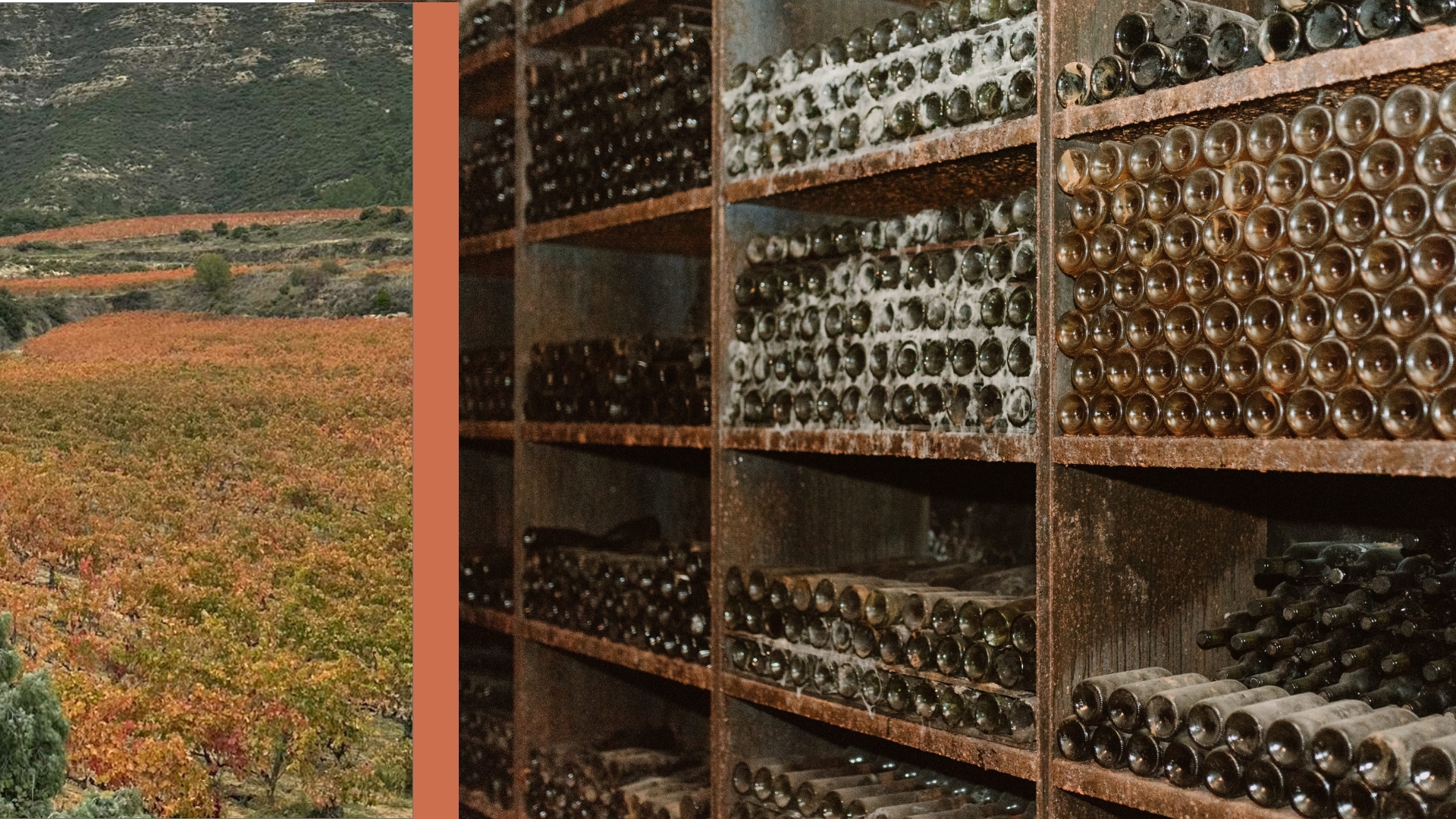Pazo Cilleiro now comes in a Burgundy bottle
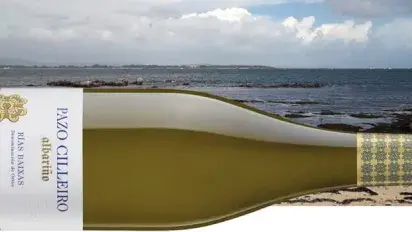
A change that emphasises the stylish look of our Albariño
Take a good look at this photograph: obviously it is Pazo Cilleiro, our renowned Albariño, but then again there's something different about it. What is it?
Very easy: we have changed its "clothing" to a sleek Burgundy bottle. If you drank it blind, you wouldn't notice the difference: the content is the same intense, fresh, silky liquid. It is as delicious and persistent as ever, the usual Pazo Cilleiro that goes so well with fish, rice, mussels and grilled prawns.
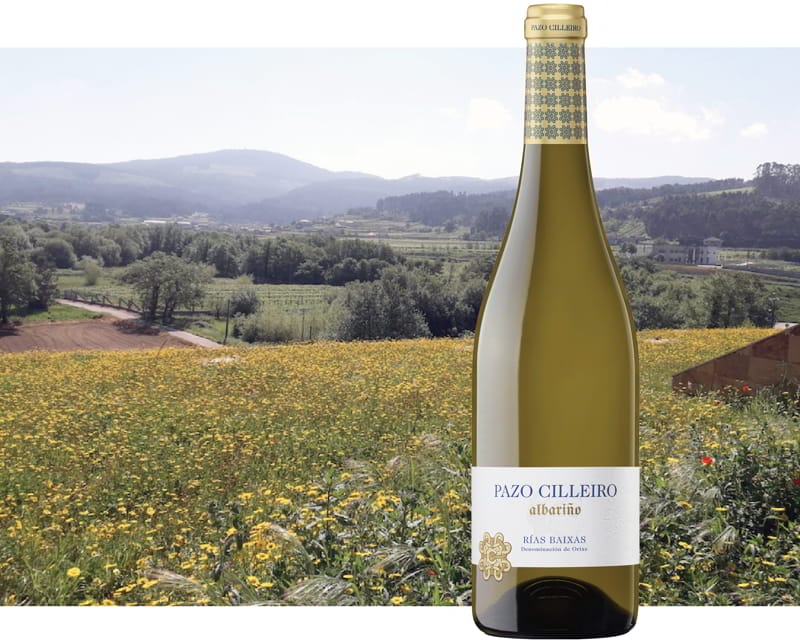
We present a new bottle, and with it we underline certain style elements, which will be better understood if we examine the two most prevalent types of wine bottles on the market.
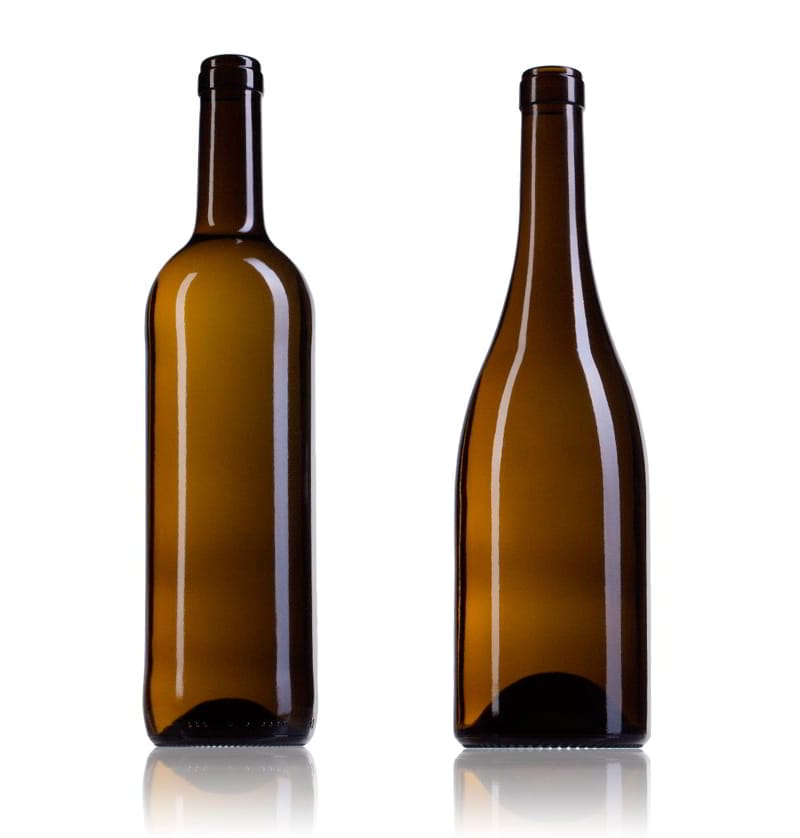 Bottles: Bordeaux vs. Bourgogne
Bottles: Bordeaux vs. Bourgogne
The Bordeaux bottle, the world's most popular
With its unmistakable shape, it probably embodies the image of wine like no other. Its most distinctive feature are the rounded, not very pronounced high shoulders. With a gentle slope, they bridge the distance between the neck and the body of the bottle, which is usually straight.
The Bordeaux bottle is widely used for Rioja, Ribera del Duero and, of course, Bordeaux wines. In fact, it must have travelled from this Atlantic region in France to our Rioja vineyards around the 1860s, at the beginning of the period known as the "modern Rioja". This may be why it is closely identified with red wines and, in particular, with structured, powerful reds that tend to leave a sediment. Stored horizontally, the shape of the shoulders of a Bordeaux bottle helps to hold any organic sediment and prevents it from spreading.We guessthat, since the aforementioned regions have historically specialised in extended ageing wines, the shape of the Bordeaux bottles "straight and more stable" means that a greater number of bottles can be stored easily and efficiently.
The Burgundy bottle, possibly the oldest model
One only has to look at what the first glass bottles looked like in the 17th century to establish a direct connection with the shape of the Burgundy bottle. The name leaves no room for doubt: it comes from this French region. There, the reds are usually lighter than in Bordeaux, so the wines bottled in this format are usually fresh, fine and aromatic. Obviously, there are no rules, and each producer bottles as they wish.
With its long and very steep shoulders, the Burgundy bottle is easy to identify. It is slightly shorter and wider in diameter than the Bordeaux bottle. In recent years it has become increasingly popular, also in white wines.
And for Pazo Cilleiro?
For Pazo Cilleiro we have chosen a cinnamon-coloured Burgundy bottle, a shade somewhere between dark green and brown which, as well as protecting the wine, conveys a solemn image. This impression is reinforced by its understated label, virtually an elegant ribbon. We believe that it enhances the idea of finesse and quality that is associated with our Albariño.

You may also be interested in:


